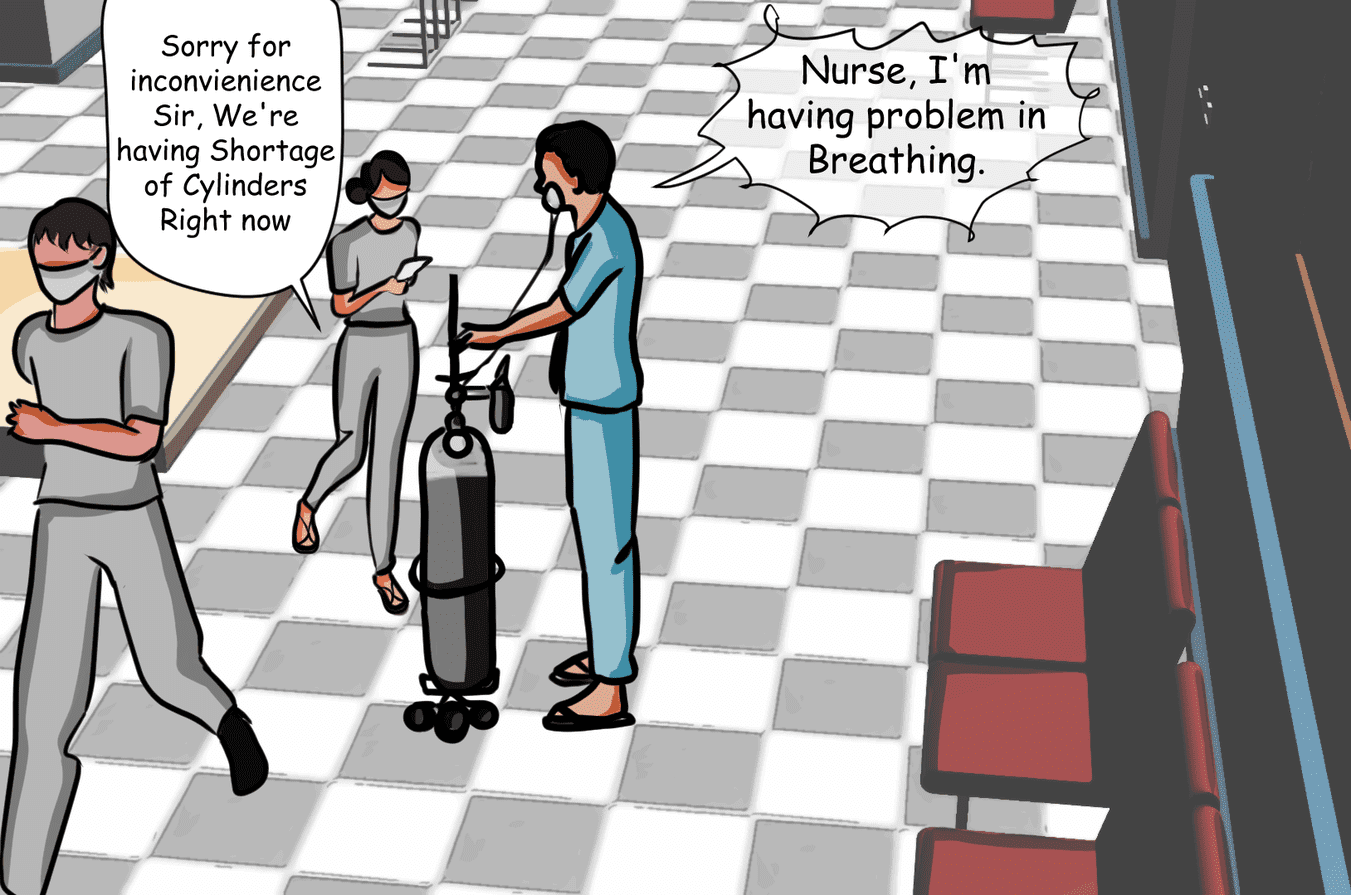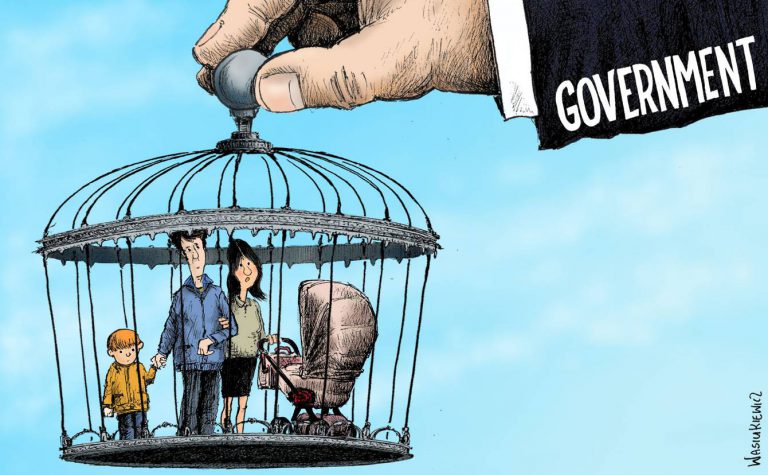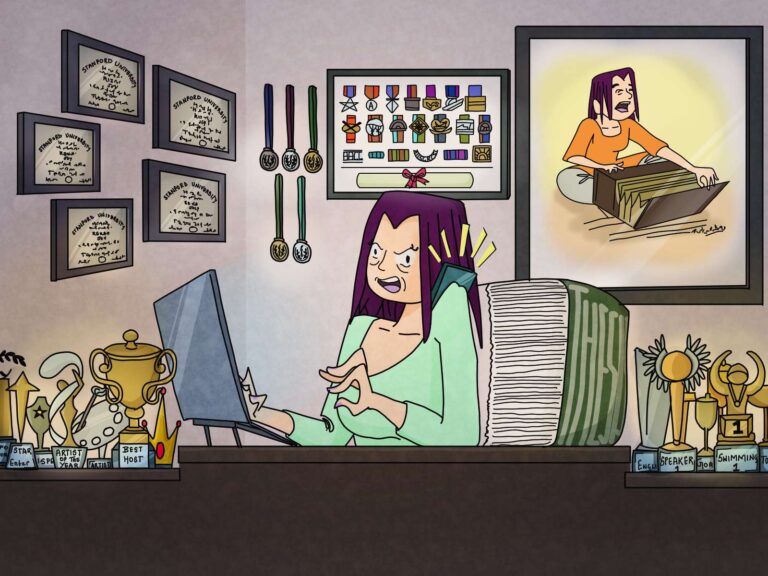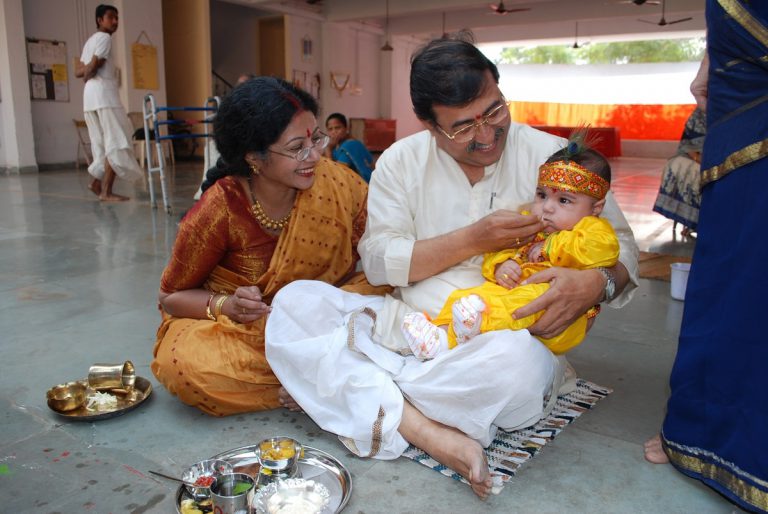The Metaphor That Is This Game of Death

Ishan Chauhan is a freelance writer with a keen interest in History, Politics and the fight against Climate Change. His most recent publication is an edited collection titled India's Long Walk Home, that focuses on the Pandemic and the Environment.
The devastating second wave of the COVID-19 Pandemic has left many of us bereaved, shocked and scarred. Personal dilemmas, helplessness and losses have been so heartbreaking. The news is replete with reports of lack of oxygen, lack of essential drugs and hospital beds. The staggering rise in numbers is also well noted, and so is the under-reporting of the same. There is plenty being written about how India has (mis)handled the second wave, and I don’t wish to add to that. As I sit here, praying with every fibre of my being, for the recovery of two people who mean more than the world to me, I cannot help but let my mind wander to possibilities, both positive, the true sense of the word, and not the dread-inducing meaning it has acquired now; and negative. While the positives were few and hard to find, negatives, as is a natural human tendency, were plenty. The shocking scenes of a Union Minister threatening to slap a man, asking him to arrange oxygen for his mother, or the direct refusal of the state government in UP, to obey the orders of the High Court, plague my mind. Who is answerable to the thousands of families plunged into uncertainties with their family members battling this disease? The health infrastructure has failed in many cases. Who should the people turn to in such a situation?
One of the many negative scenarios that have deprived me of sleep, both personal and public, is “Could it be possible that this helplessness and apathy that we see now, is a window into the future when by our current pace, will be facing an uncertain situation and shortages brought on by climate change?” Disastrous effects of climate change have been documented, and numerous warnings have been issued, by the UN, in both fiction and nonfiction, numerous governments etc. Some of them were droughts, famines, water shortages, pollution and so much more. We are collectively responsible for and contribute to climate change, in all ways, shapes or forms. Now there are two streams of thought, one that argues for a net-zero emissions game, and the other that says net-zero is impossible, and there need to be some other means to stall climate change. With news like fast-melting glaciers and the continued deference to coal, the future looks every bit as bleak. What I am writing about, is not a matter of the distant future, akin to the disaster that awaited the Mughal Emperor when he famously said “Dilli Dur Ast”, but is already happening. A Scientific American article, dating back to June 2009 stated “Researchers believe that global warming is already responsible for some 150,000 deaths each year around the world”; and then in 2018, The Guardian reported “In a high-emissions scenario where little is done to curb planet-heating gases, global mortality rates will be raised by 73 deaths per 100,000 people by the end of the century. This nearly matches the current death toll from all infectious diseases, including tuberculosis, HIV/Aids, malaria, dengue and yellow fever.”
According to Dr Anthony Fauci, the US’ top infectious diseases expert, vaccinating an “overwhelming majority” is imperative to crush this outbreak. The change in leadership from the 45th to 46th President is clearly visible in favourable effects in the fight against this virus. To state the obvious, it is much more of a challenge to vaccinate 1.4bn as opposed to 335m, in a purely number-based analysis, but both countries have their challenges. On one end may be conspiracy theorists and a religio-ideological barrier, and then on the other, it is a massive awareness and educational issues. Vaccine hesitancy has been widely reported in the US, thanks to the age-old “anti-vax movement”, further aided by ultra-conservative politicians and ideologues. The same problem has been seen in India as well. Although adult vaccination is an understudied area, the hesitancy is explained by the 4C model. It must be noted that a reduction in hesitancy has been noted in light of skyrocketing cases. There is a way out of these dark times, there certainly is. But in the context of climate change, it begs the question; will there be a way out in the future? The simple and curt answer is no. Why? Let me borrow from David Wallace Wells and say “It is, I promise, worse than you think.”
“This game of death” may seem a title as crass as can get, but it certainly seems warranted. Throughout the COVID-19 Pandemic, certain happenings have led me to adopt this view, whether it be highlighting the clear disparity in importance given to doctors versus other healthcare staff, wherein the case of the former, they at least have rough estimation, but in terms of the latter, even that was absent; ignoring warnings; allowing the Kumbh Mela to take place, when the dangers of mass gatherings have been well known for a while and to add to that, a communal flavour has seeped in here as well. The justification of one over the other may as well leave us scratching our heads as to how people come up with such ludicrous arguments– The Uttarakhand CM, head of government for the host state of this pious gathering of Hindus so as to take a dip in the Ganges to wash away their sins (Oh The irony!) said- “They [Markaz attendees] were all inside a building and here it is out in the open, And this is near the Ganges. The flow and blessings of Ma Ganga will ensure that Coronavirus does not spread. The question does not arise of a comparison.” allowing Char Dham Yatras to go ahead, despite staggering numbers, and so much more. Ignorance towards the loss of human life and clearly favouring a somewhat nonchalant attitude, coupled with a majoritarian outlook sends alarm bells ringing, and appallingly rings true what the crass title conveys.
Where will the people hide in the future? Climate Refugee numbers are already rising. The stark disparities that are so plainly visible today will also play a role then. Many island nations are already facing an immediate threat. Thirty-eight have been designated as Small Island Developing States (SIDS), which are considered most vulnerable. Resource scarcity (which we see in the form of oxygen tanks, ICU Beds, vaccines etc) today will take a shape that will be equally if not more so terrifying. With the entirety of 7500 kilometres of India’s coastline expected to be inundated sooner than expected and more than 300mn people exposed to chronic flooding in the coming decades, shudders run through me imagining what those scenes would be like, where people are fighting, even for the most basic needs and necessities. A 2007 report, which is just for context, 15 years ago, said that India is one of the countries to face violent conflict over water. This report also calls India one of the new donor countries, alongside western countries, with whose coming together and cooperation, that humankind will be able to rise to the challenge of adaptation to face the social and political consequences. In the same thread as above, the colossal misstep of wrongly estimating what “adequate supply” at home, which has now led to the possibility of continued shortage till July, tells me that India, in reality, is far from being a donor country. One can only be a donor when its own people are safe and their needs have been met. How many more will struggle to save their loved ones, and how long will we have to wait before this reign of horror caused by this Pandemic falls and we will once again be able to breathe? How long will it take the country to tend to its wounds?
The terrifying images that we see today may be what we are drawing up for our future generations as well. Not only do we leave the current generation permanently scarred and with long-lasting mental health issues, but we also are making sure that we leave even a scarier world behind for those who come after us. It has been said that more such pandemics are to come, and if this was anything to go by, may the almighty give us strength. The metaphor that these heart-wrenching pictures are, one can only hope to remain just that and not manifest into reality. That being said, relying on hope will be another mistake of elephantine proportions as was the measurement of adequate supply pointed to above. Decisive steps must be taken, but not in the usual tone. If this teaches us anything, it is that typical human concerns cannot any longer be in the driving seat when it comes to saving the earth. The ‘development paradigm’ must be reworked to ensure that the first priority is saving the environment. The problem is, as Prof. Marc Williams put it, in a piece in the International Journal of Peace Studies, “the incorporation of environmentalism strategically replicates and elaborates a form of managerialism which neither disrupts nor displaces central themes in the conventional approach to development…. The generation of a new development paradigm requires changes in development policies”.
Will the metaphor become reality, or will we see an encore of such horrors, only much worse and even more widespread, more excruciating like a slow poison of which there is no antidote? Or can we still come to our senses and set aside the constant greed and hunger to fulfill our wants and desires?
Image Credit: Greater Kashmir









This article reflects on the devastating impact of the second wave of COVID-19 and the deep sense of helplessness it created for millions of people. It describes the severe shortages of oxygen, hospital beds, and essential medicines, along with the collapse of health infrastructure that left families struggling to save their loved ones. The writer connects this crisis to a much larger concern: whether similar suffering could occur again in the future due to climate change.
By comparing the chaos of the pandemic to potential climate-driven disasters—such as droughts, extreme floods, food scarcity, and resource shortages—the article warns that humanity may face even greater challenges if environmental issues continue to be ignored. Just as players in games like Minecraft install creative tools such as Jenny Mod to enhance control and survive unexpected in-game situations, the real world too needs proactive solutions to prepare for emerging threats.
The article stresses that only strong action, responsible governance, and a complete shift in how we approach development and environmental protection can prevent future generations from experiencing even worse crises. It ultimately serves as a reminder that preparedness—whether in virtual worlds or real life—can make the difference between resilience and disaster.
The way decisions were handled during the pandemic really showed serious gaps and misplaced priorities. If you’re looking for something lighter to explore in gaming, you might want to try